Sharing the Iberian Peninsula, the Spanish and Portuguese cuisines have many similarities, but they also bare great differences. Both have been influenced by the Greek cuisine, though, but the Celtic, Moorish and Beriberi ways of cooking can also be found in the Portuguese dishes. The Portuguese dishes are closely related to the Mediterranean cuisine.
A rule of thumb is to stay away from the touristy places and choose a restaurant which is popular among locals. That’s where you’ll find the best foods. Cooking is simple and the ingredients used are fresh and local.
Açorda

It is the classic Portuguese dish, featuring a simple broth which is thickened with bread and egg. Garlic is used for seasoning and, in costal areas, seafood may be added to it.
Bacalhau
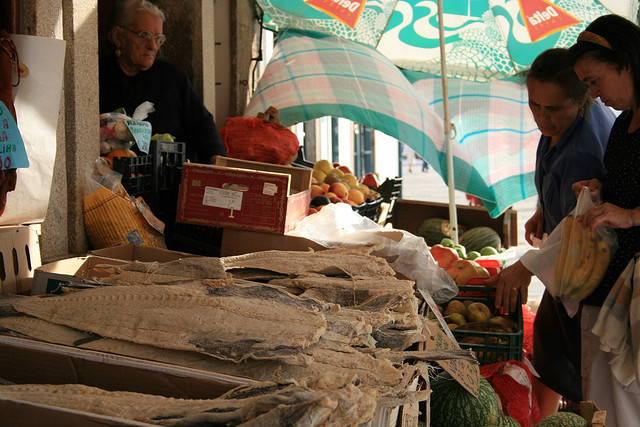
It is salted, dried cod. To be used, it’s soaked in milk or water then cooked in many ways (about 365 ways to be exact). Sardines, octopus and anchovies are also popular and used in cooking.
Chouriço

It’s a pork sausage with distinct garlic and paprika seasoning in it. It’s eaten alone, or cooked with vegetables, beans or eggs.
Cozido
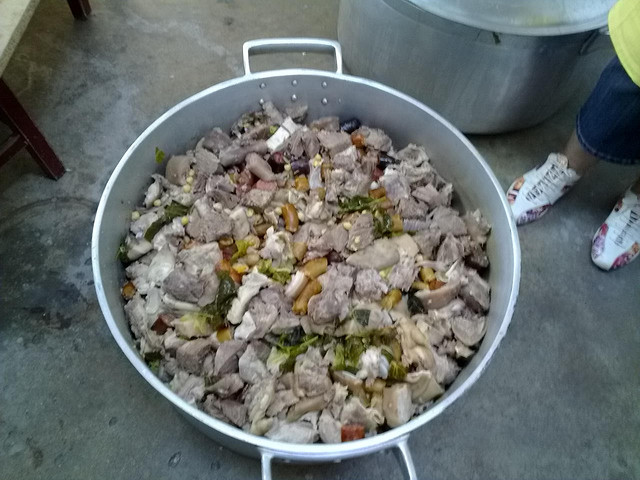
It’s a slowly simmering meat (or sea food) dish, cooked with vegetables in a special pot.
Sopa seca
You can find it in northern Portugal and features leftover bread, meats, vegetables, added in layers and moistened with broth.
Caldeirada
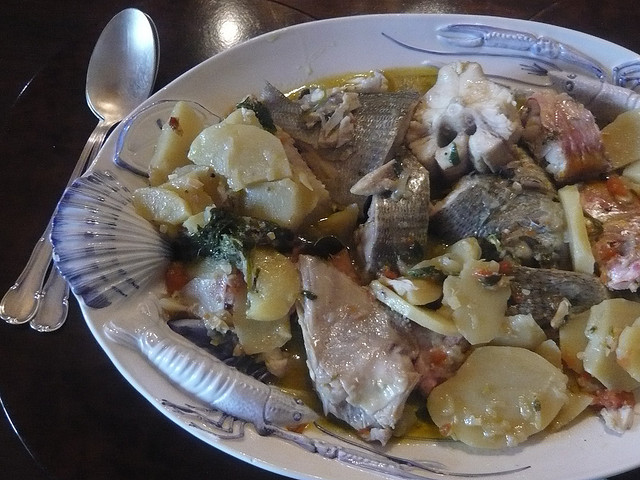
It is a stew made with a variety of fish, shellfish, tomato, potatoes and onion.
Caldo verde
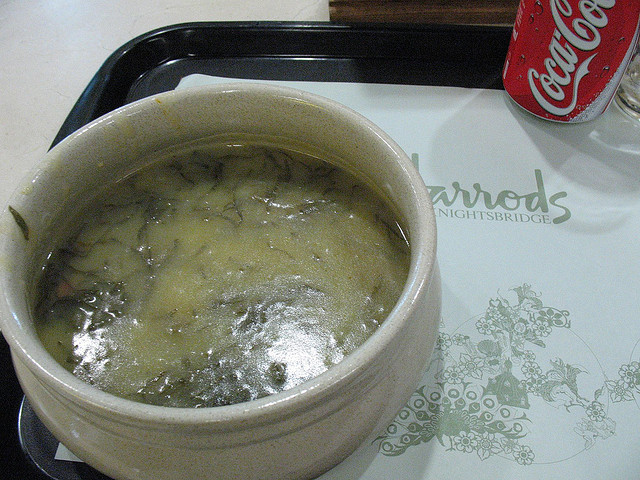
This is a green soup made with green cabbage, mashed potatoes and served with sausage.
Tripas à moda do Porto
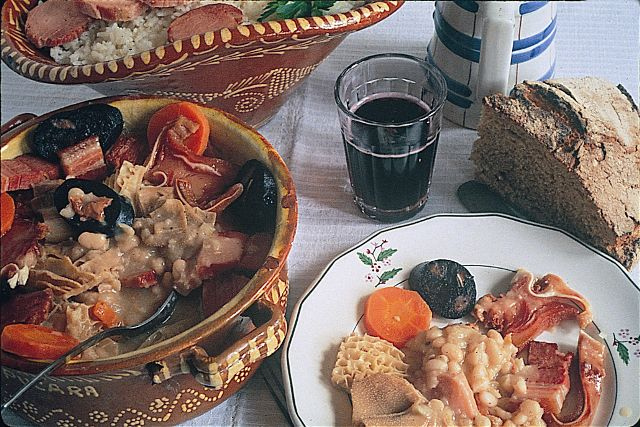
It is tripe with white beans and , if you are not familiar with tripe, you can pretty much put in the bizarre foods category. The recipe dates from the 14th century.
Leitão assado
This is roasted suckling pig and is a dish popular in Central Portugal.
Feijoada
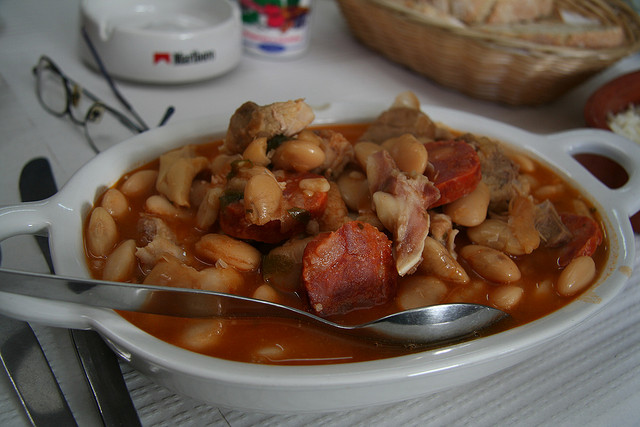
This is a meat stew made with beans (kidney or butter) and is popular all over Portugal.
Gazpacho

It is a cold soup made with fresh tomatoes, chilies, cucumber, onion, garlic and vinegar.
Wine
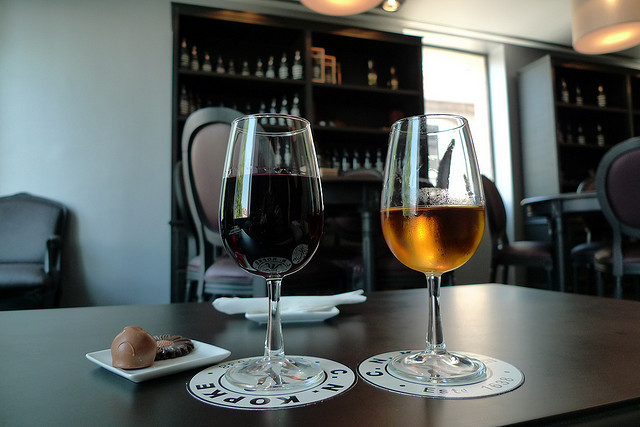
Wine is the traditional Portuguese drink. Port wine is a fortified wine, but “green” (young) wines are also very popular here.
Arroz doce

This is a desert, a rice pudding seasoned with cinnamon and lemon.
Pão de Ló
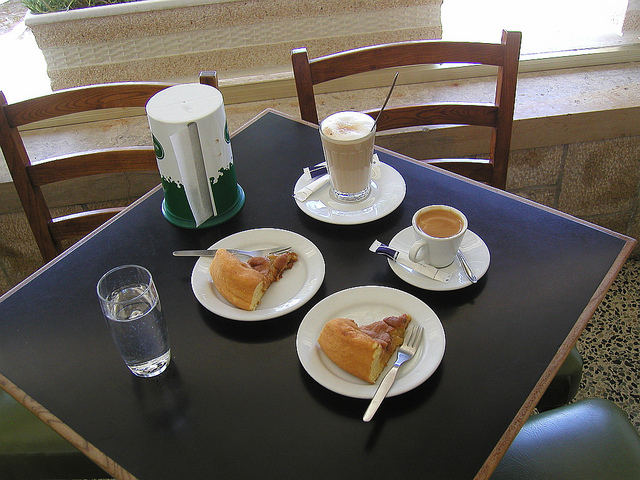
It is a sponge cake which can be flavored with a lot of things, depending on the region: lemon, cinnamon, orange juice or Porto wine.
Photo credits: Acorda , Bacalhau , Chourico , Caldo verde , Feijoada , Gazpacho , Port Wine , Arroz doce , Pão de Ló , Tripe ,Caldeirada ,Cozido

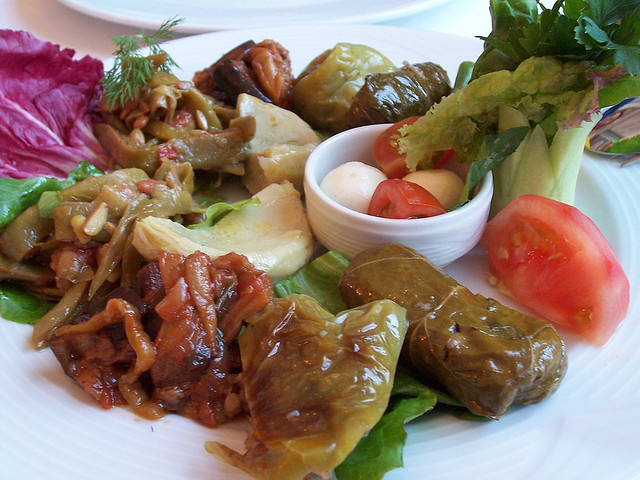
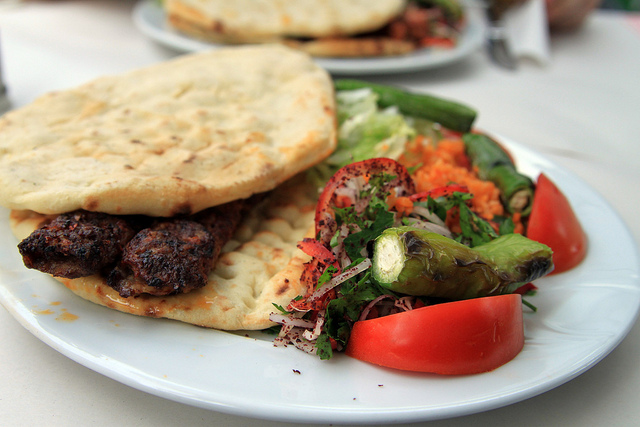
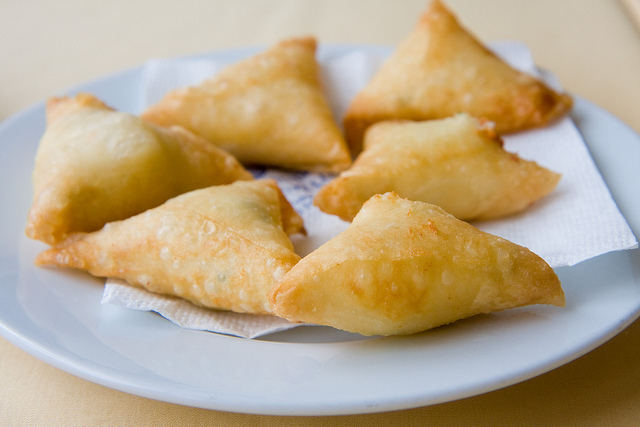

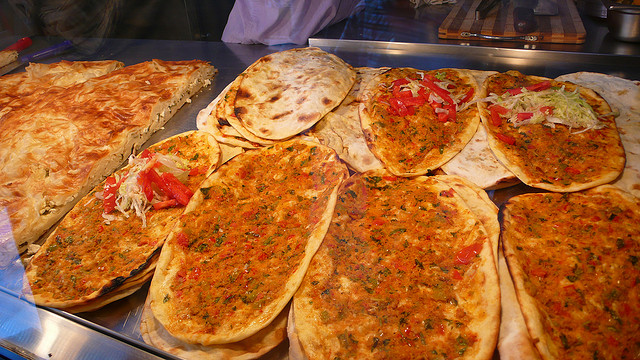
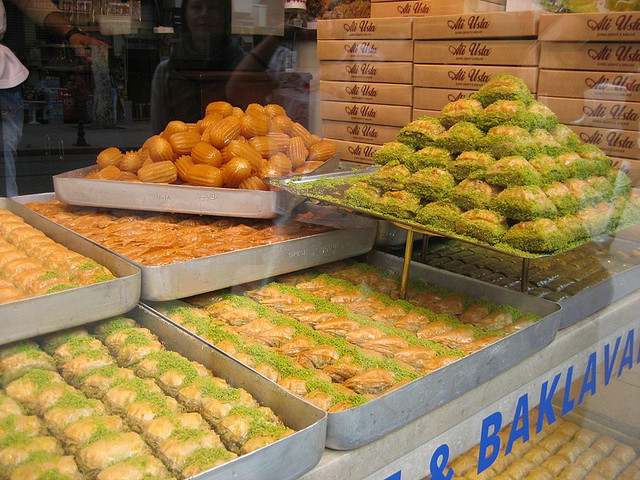
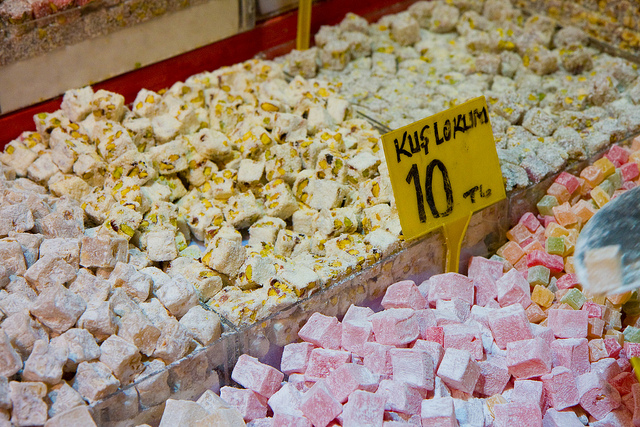


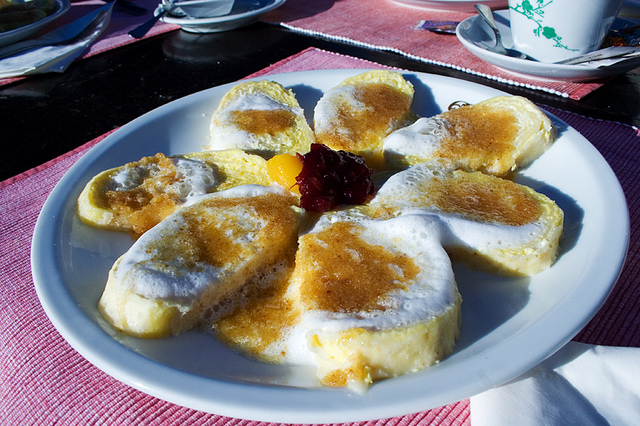

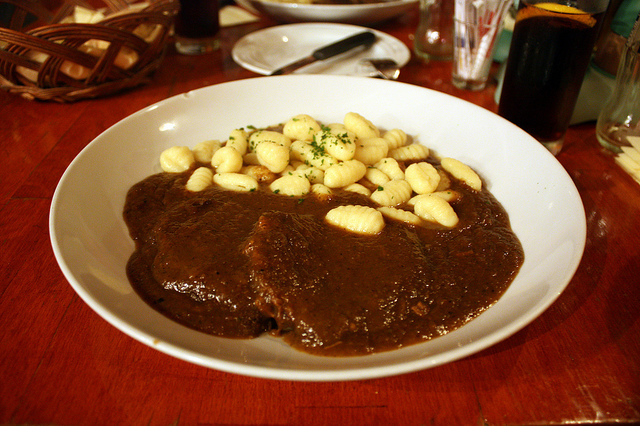
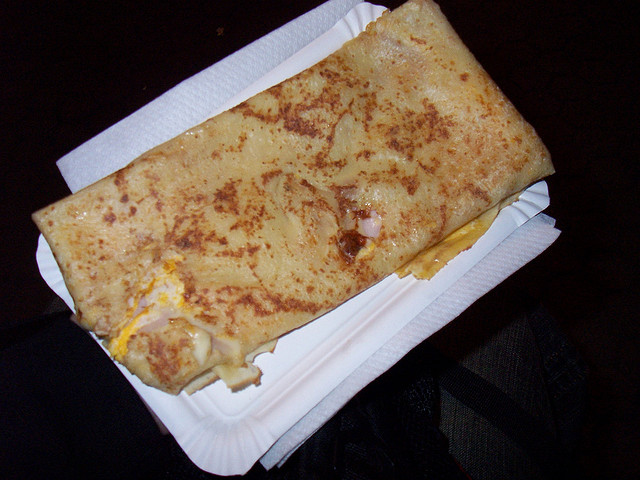

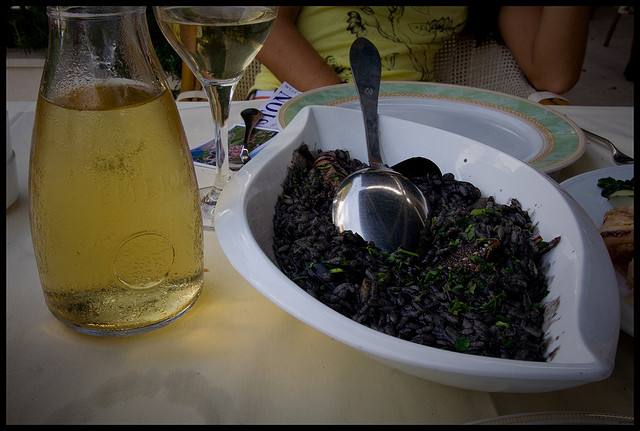
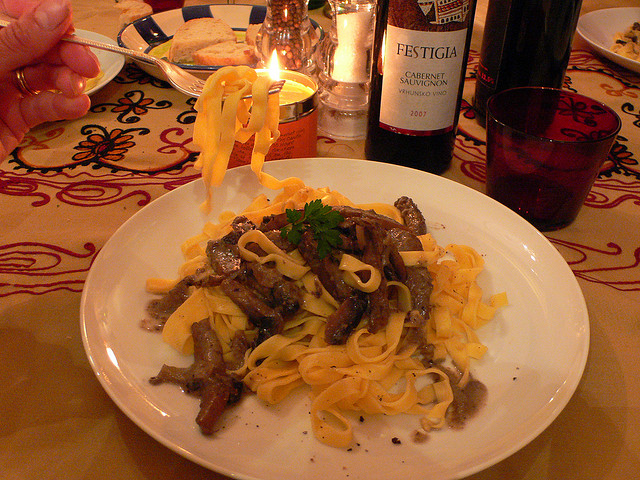

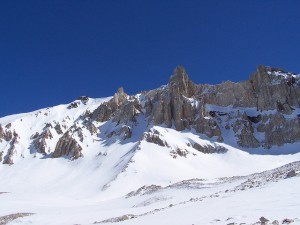 If you’re looking for unforgettable ski packages as part of a vacation, the slopes of Europe are among the best in the world, but you also shouldn’t overlook Argentina. Here are the top ski destinations:
If you’re looking for unforgettable ski packages as part of a vacation, the slopes of Europe are among the best in the world, but you also shouldn’t overlook Argentina. Here are the top ski destinations: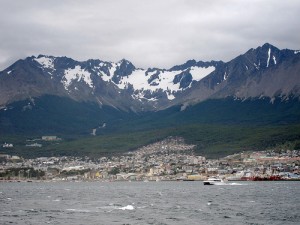 December falls during the summer but the high season hasn’t kicked in yet. However , do expect more crowds and higher prices, especially around Christmas. You can plan to visit the beaches now, but they tend to be quite packed. Buenos Aires can be quite hot , but at least it’s not overrun by tourists. Patagonia is excellent for spending time in the nature.
December falls during the summer but the high season hasn’t kicked in yet. However , do expect more crowds and higher prices, especially around Christmas. You can plan to visit the beaches now, but they tend to be quite packed. Buenos Aires can be quite hot , but at least it’s not overrun by tourists. Patagonia is excellent for spending time in the nature.  Argentina is a large country and therefore it also has quite a lot of climates. August – which still falls during winter – is best for visiting the North and Northwest, so if you have Iguazu Falls on your mind, now it’s the time to go. For snow lovers, Patagonia is the place to be, while Buenos Aires can be visited any time of the year.
Argentina is a large country and therefore it also has quite a lot of climates. August – which still falls during winter – is best for visiting the North and Northwest, so if you have Iguazu Falls on your mind, now it’s the time to go. For snow lovers, Patagonia is the place to be, while Buenos Aires can be visited any time of the year. 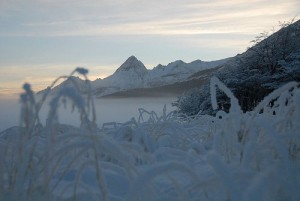 Argentina is a large country with a huge number of climates. Winter time – and July falls during winter – is best for visiting the North and Northwest, but you can also plan to spend some time in Patagonia. You can visit the capital any time of the year. Plus, July is high season and the locals tend to travel quite a lot now.
Argentina is a large country with a huge number of climates. Winter time – and July falls during winter – is best for visiting the North and Northwest, but you can also plan to spend some time in Patagonia. You can visit the capital any time of the year. Plus, July is high season and the locals tend to travel quite a lot now. 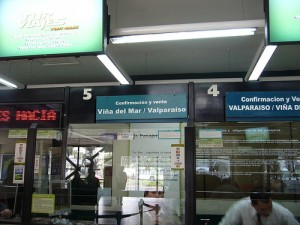 Santiago de Chile is the capital of Chile and also an important travel hub in South America. The city offers a lot of interesting places to visit and things to do. It is also a very good base for exploring the near-by cities and countries.
Santiago de Chile is the capital of Chile and also an important travel hub in South America. The city offers a lot of interesting places to visit and things to do. It is also a very good base for exploring the near-by cities and countries.  Uruguay is the second smallest country in South America. It is bordered by Argentina to the west and Brazil to the west. It has an Atlantic Ocean coastline and has a subtropical climate.
Uruguay is the second smallest country in South America. It is bordered by Argentina to the west and Brazil to the west. It has an Atlantic Ocean coastline and has a subtropical climate.